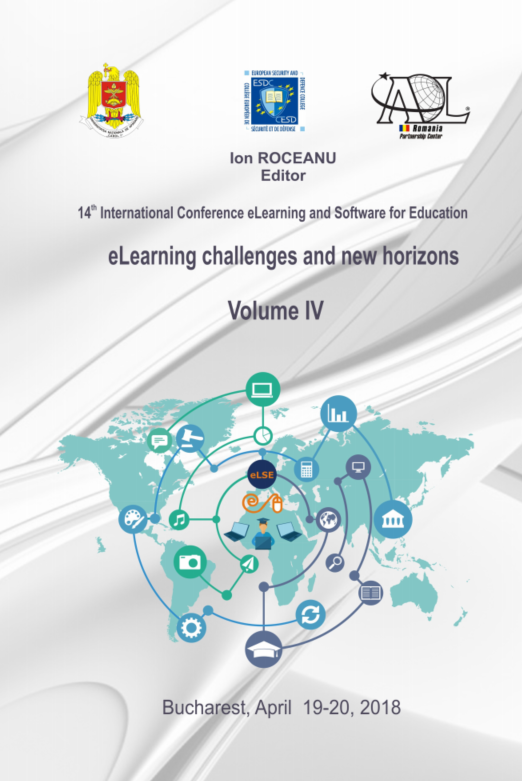Virtual Museums: Dealing with Cultural Identity in the Digital Age
Virtual Museums: Dealing with Cultural Identity in the Digital Age
Author(s): Dragoş Gheorghiu, Livia ŞtefanSubject(s): Social Sciences, Education
Published by: Carol I National Defence University Publishing House
Keywords: heritage; cultural identity; Virtual Reality; 3D objects; re-enactments;
Summary/Abstract: One of the roles of traditional museums was that to support cultural identities. According to UNESCO’s definition, the heritage that generates the identity of a community is both material (objects, architectural constructions), and immaterial (represented by technologies, customs).In order to preserve today, and to transfer into the future the identity of a community, a solution is the digitalization of both categories of cultural heritage, complemented by a subsequent structuring of the information, starting from the objects and buildings, up to their utilization by people. This logical process outlines the possible structure of a virtual museum of cultural identity. The virtual museum we have implemented within the Time Maps Project (www.timemaps.net), following the above mentioned concept, in a first stage presents to the visitor the objects specific to the local history, virtually reconstructed in 3D. In a secondary stage, the visitor can study the technologies behind the manufacturing of the 3D objects, explained by means of a series of video films. In the third stage, the visitor will be immersed in the architectural contexts virtually reconstructed, in which the 3D objects have been introduced, as well as the human characters that utilize these objects, the latter being created with 3D photogrammetry techniques. The 3D content has been simplified for optimal utilization of the virtual museums in online and mobile environments. The e-learning experiments with the virtual museums of cultural identity have been performed in different rural and urban communities within the Time Maps project, and will be described and discussed in the current paper.
Journal: Conference proceedings of »eLearning and Software for Education« (eLSE)
- Issue Year: 14/2018
- Issue No: 04
- Page Range: 463-470
- Page Count: 8
- Language: English

